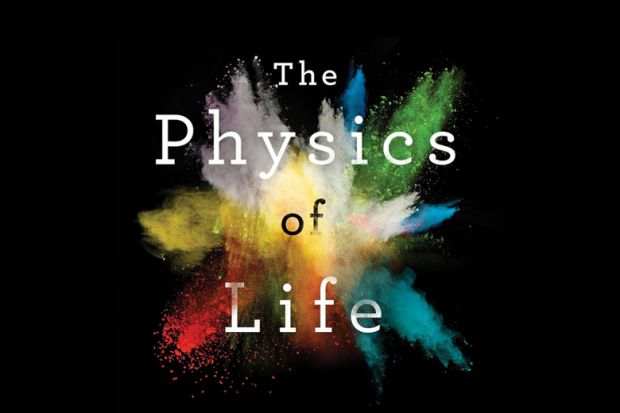I know of no secular book that makes greater claims than does this short work by Adrian Bejan, professor of mechanical engineering at Duke University in the US. Isaac Newton’s Principia was content to deal only with physics, Karl Marx’s Capital with economics and politics. Bejan’s subtitle is The Evolution of Everything and he means everything – the form of river deltas, wealth, death, technology, sports performance, urban design and politics, to name but a few. All are governed by his “constructal” law. He uses “physics” to include life, organisation and evolution, and “life” to include anything that changes with time. Despite the hubris of the enterprise, there are a few worthwhile insights to be found.
The constructal law states “for a flow system to persist in time (to live) it must evolve freely such that it provides greater access to its currents”. Bejan defines many things as flow systems and his examples can be provocative. He argues that flow of fuel drives everything and he shows graphically that the wealth of individual nations is roughly proportional to their use of fuel. He concludes that use (flow) of fuel is what drives wealth creation. The alternative and perhaps more plausible possibility – that increasing wealth is what drives increasing consumption of fuel – is not considered. The constructal law is not defined until page 239 of 243 of the text. This makes it very difficult for the reader to understand what it means or exactly how it is illustrated by Bejan’s preceding examples.
Here are three insights that I gained from his book. Many diverse phenomena may be considered as flows similar to that of water in a complex river system or air in the lungs. Flow is optimised when system configuration parallels that of the lungs, with a few large channels and increasing numbers of smaller and smaller channels. Another important generalisation is that the development of many things over time follows an S-shaped curve. There is slow growth initially; this then becomes rapid and finally it slows down and stops. Third, it may be possible to predict the maximum speed that sprinters may ever achieve from purely mechanical considerations.
Given the broad sweep of Bejan’s argument, it may not surprise you to learn that the constructal law mandates political beliefs – and these are as right wing as they are naive. Capitalism is natural and therefore good. Nature’s need for hierarchy justifies inequality – practitioners of the “politics of envy” should pack their tents and slink away. Artificial intelligence will never present a threat to humanity. Climate change is not a problem, because the S curve means that it has natural limits. The possibility that large regions of the Earth may be rendered uninhabitable before the top of the S is reached is not considered.
The book is poorly written, some of it seemingly in the stream of consciousness manner of Virginia Woolf’s Clarissa Dalloway. Moreover, far too often Bejan makes great intellectual leaps that readers may struggle to follow. He can seem more interested in impressing us with his breadth of thought than in helping us to follow his argument. If you seek the answer to life, the universe and everything, you may prefer to try Douglas Adams.
Richard Joyner is emeritus professor of chemistry, Nottingham Trent University.
The Physics of Life: The Evolution of Everything
By Adrian Bejan
St Martin’s Press, 272pp, £21.13
ISBN 9781250078827 and 9781466891340 (e-book)
Published 24 May 2016
POSTSCRIPT:
Print headline: If you’ll just let me explain...
Register to continue
Why register?
- Registration is free and only takes a moment
- Once registered, you can read 3 articles a month
- Sign up for our newsletter
Subscribe
Or subscribe for unlimited access to:
- Unlimited access to news, views, insights & reviews
- Digital editions
- Digital access to THE’s university and college rankings analysis
Already registered or a current subscriber?




